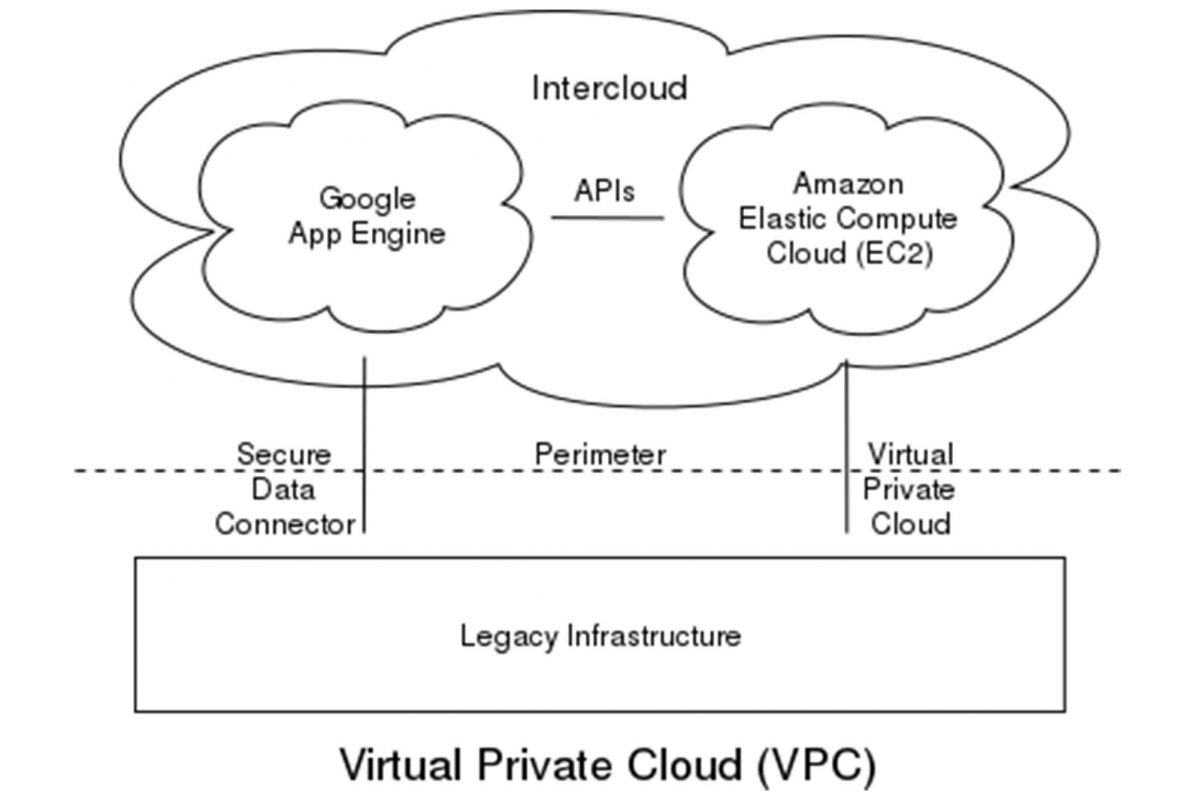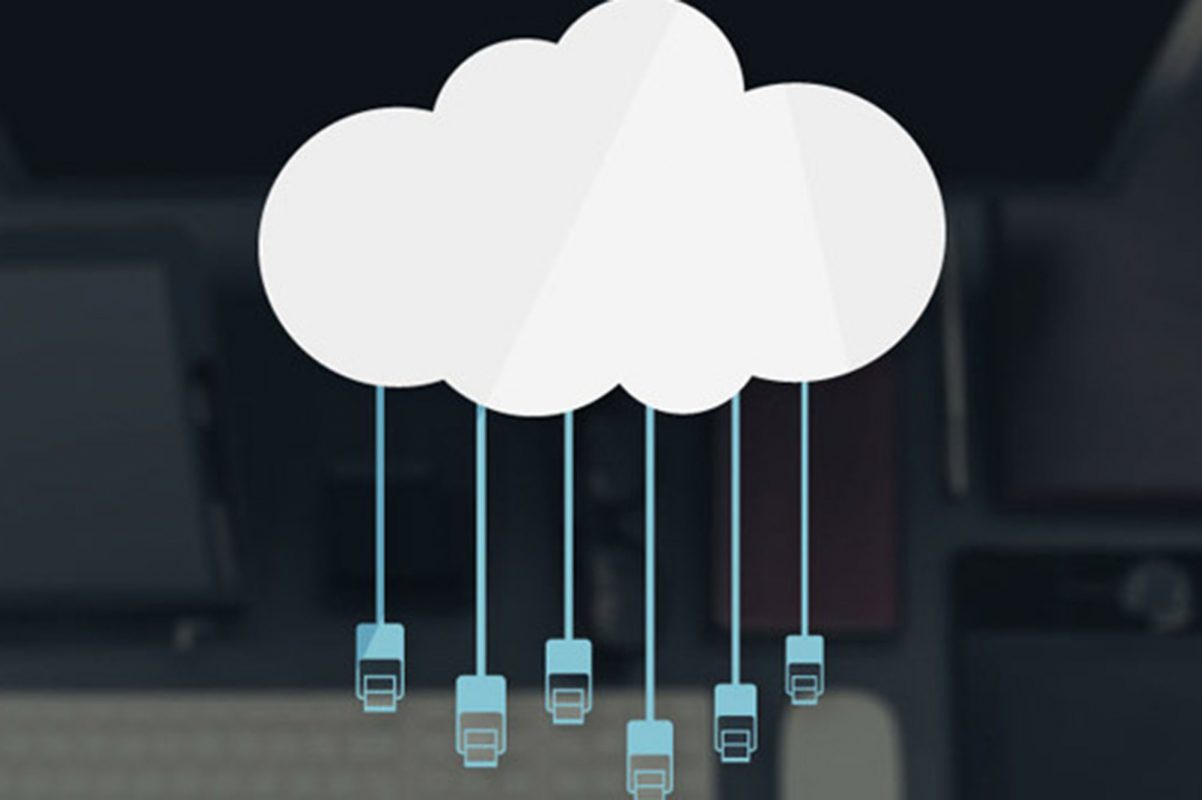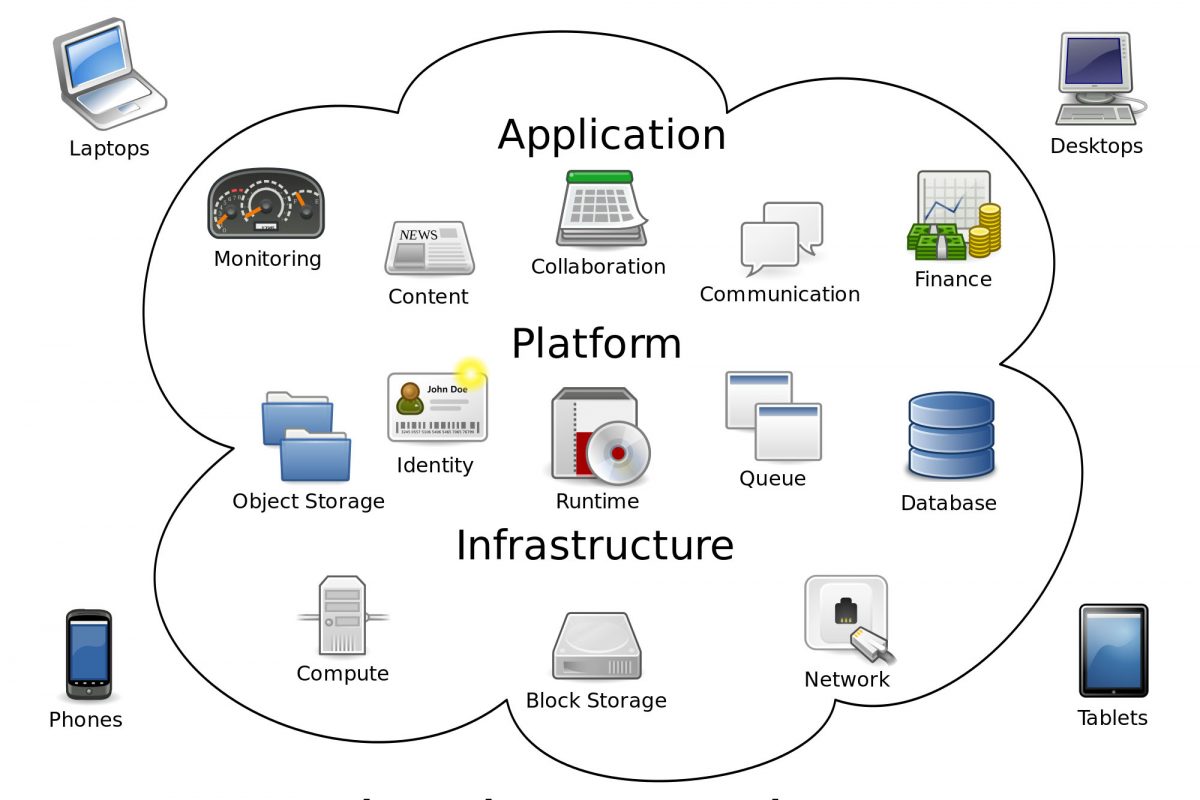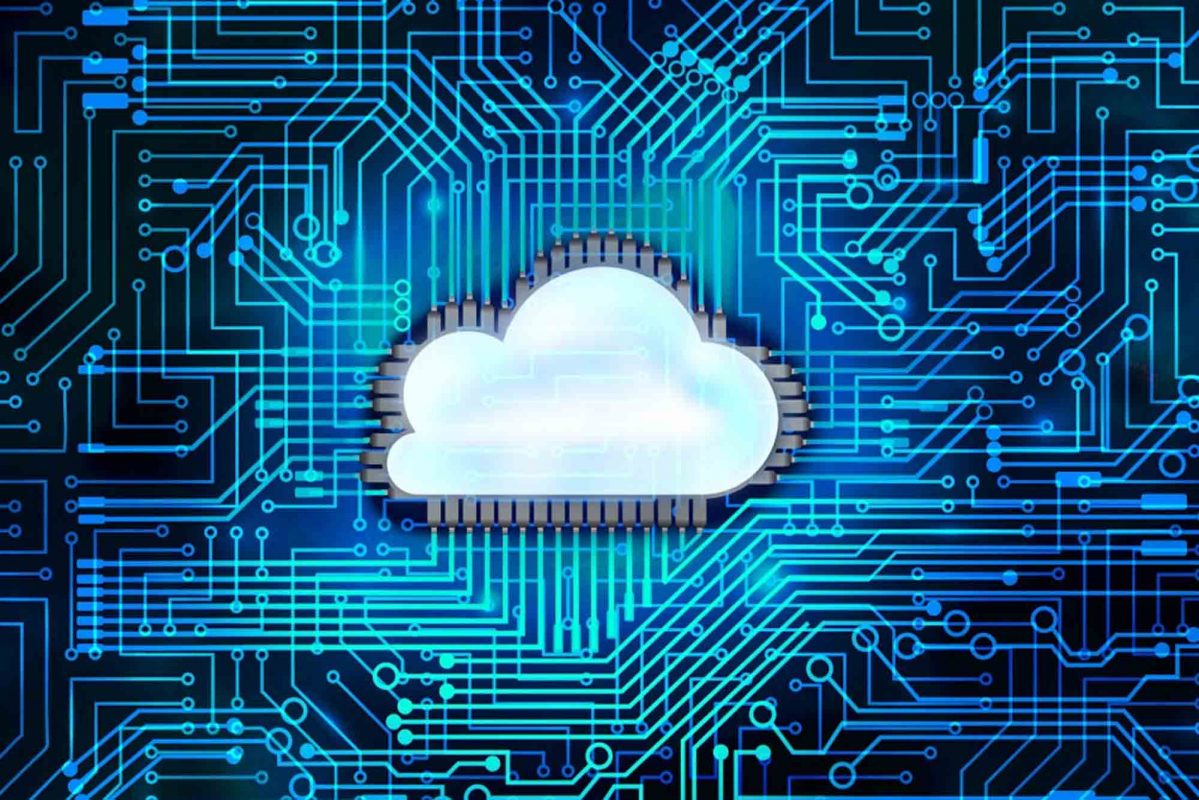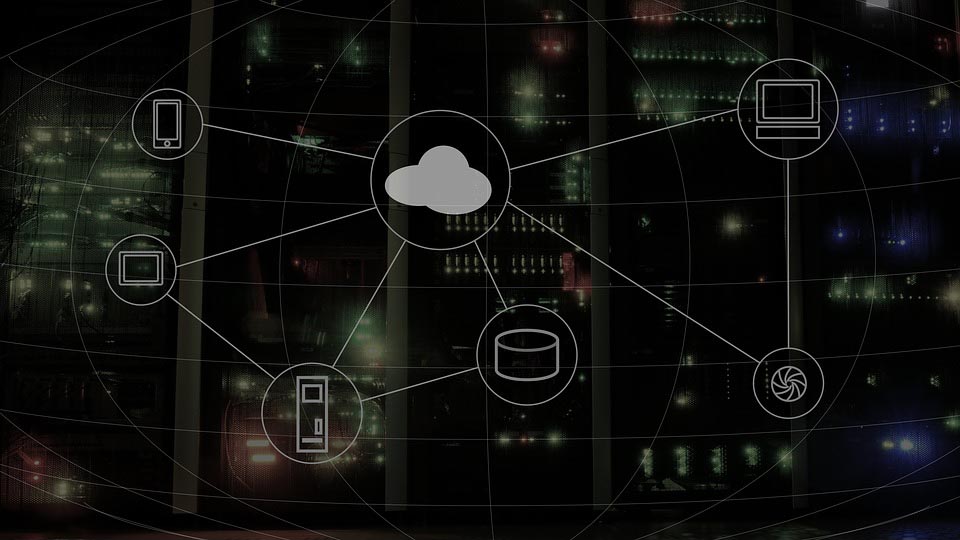
Multicloud
Multicloud need to have security, identity management services and governance. You're going to see that on pretty much every good multicloud architecture because security and governance needs to be systemic to pretty much everything we do in a multi-cloud.
If we're going to manage these systems using identity and access management, then they have to have the capability of understanding the identity of all the greatest cloud services, the humans, the machines, everything that's participating in a multi-cloud architecture, and be able to guide them through in terms of what resources, what services, what APIs they're able to access.
So we either leverage governance to put policies around them in terms of how they're accessed. Put security around it with identity access management to basically figure out if they're going to be accessed by a particular human, machine, or other thing.
We have to do that because we're building a very complex system and security and governance is going to be complex as well. We're building applications that span more than a single public cloud. You have to keep that in mind, that in many instances, we're building applications that are going to run partly on Amazon and partly on Microsoft Azure or perhaps other clouds.
If we're going to manage these systems using identity and access management, then they have to have the capability of understanding the identity of all the greatest cloud services, the humans, the machines, everything that's participating in a multi-cloud architecture, and be able to guide them through in terms of what resources, what services, what APIs they're able to access.
So we either leverage governance to put policies around them in terms of how they're accessed. Put security around it with identity access management to basically figure out if they're going to be accessed by a particular human, machine, or other thing.
We have to do that because we're building a very complex system and security and governance is going to be complex as well. We're building applications that span more than a single public cloud. You have to keep that in mind, that in many instances, we're building applications that are going to run partly on Amazon and partly on Microsoft Azure or perhaps other clouds.
